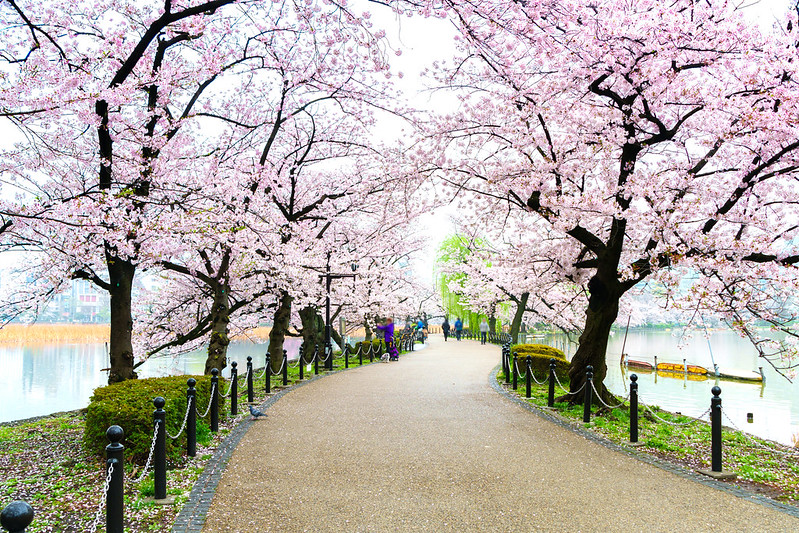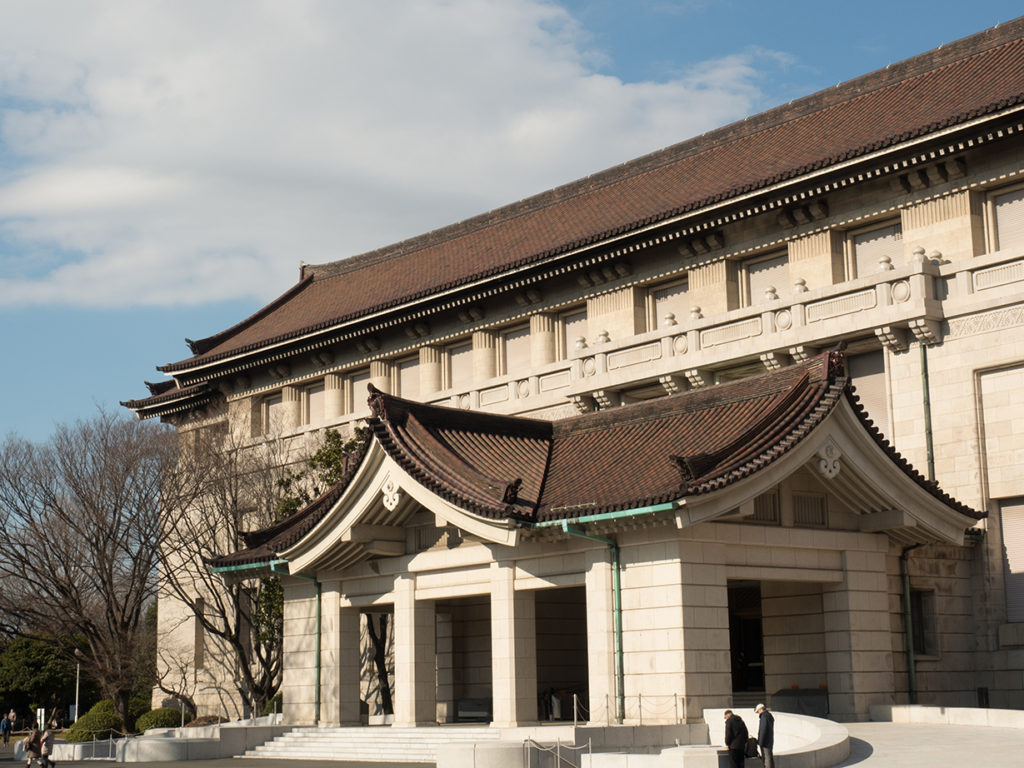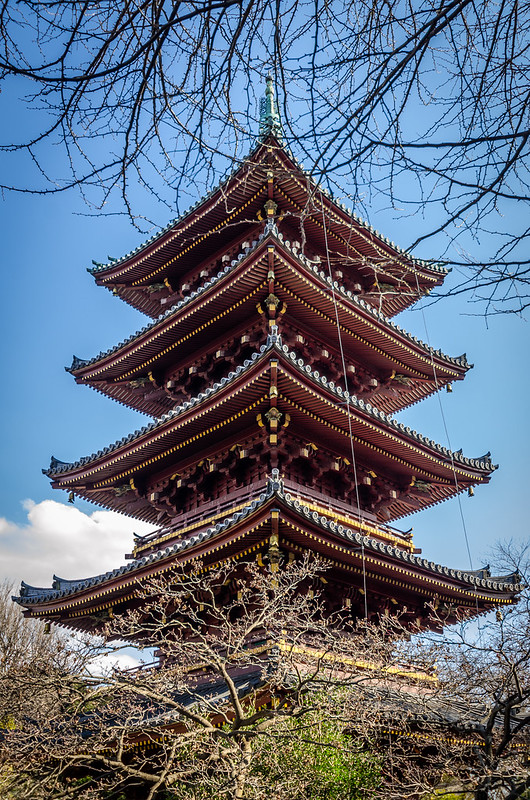
Experience the History and Culture of Japan in Ueno!
Tokyo’s Ueno district is home to some of the city’s most popular cultural sites such as the Tokyo National Museum, the Natural Museum of Nature and Science, and the National Museum of Western Art. There are also several Buddhist temples in the area such as the Bentendo temple. The temple is dedicated to the goddess of wealth, happiness, wisdom and music, Benten or Benzaiten. It is located on an island in Shinobazu Pond.
Tokyo National Museum.
One of the most popular parks in Japan is Ueno Park. The land of Ueno Park (上野公園, Ueno Kōen), right next to Ueno Station, once belonged to one of the largest and wealthiest temples during the Edo Period. It was also a family temple of the then ruling Tokugawa clan.
Ueno Park.
Buddhist temple in Tokyo, founded in 1625. The Kan’ei-ji temple stood in the northeast of the capital, the “unlucky” direction of Edo castle, to protect the city from bad omens. It was a major temple of the Tokugawa shōguns and its pagoda is now within Ueno Zo.
During the 1868 Boshin War, most of the temple buildings were destroyed in the Battle of Ueno. The Tokugawa shogunate was defeated by the new Meiji government, which was in favor of restoring imperial rule. A few months later, the ownership of Ueno Hill was awarded to the city of Tokyo. The temple grounds were converted into Japan’s first Western-style parks and were opened to the public in 1873.
Other surviving buildings in Ueno Park are designated as Important Cultural Properties of Japan, such as the five-storyed pagoda (1639), Kiyomizu kannondō (1631), and the main gate. Ueno Park was administered by several government agencies and was eventually awarded to the Ministry of the Imperial Household in 1924, to honor the marriage of Hirohito. Ueno Park was officially presented to the city of Tokyo by Emperor Taishō, and received its official name, Ueno Onshi Kōen (上野恩賜公園), Ueno Imperial Gift Park, as it is known today.
Five-storyed pagoda of Kan’ei-ji temple.
For great bargain shopping, there’s Ameya-Yokochō . It is an open-air market next to the Ueno Station, just behind the Yodobashi Camera building. The market’s name “Ameya-Yokochō” originated from the shops in the area that sold United States army goods after World War II. “Ame” is short for America. Today, Ameya-Yokochō has over 180 shops that sell anything and everything, from fresh food to clothes and watches.
There are so many things to discover in Ueno!


